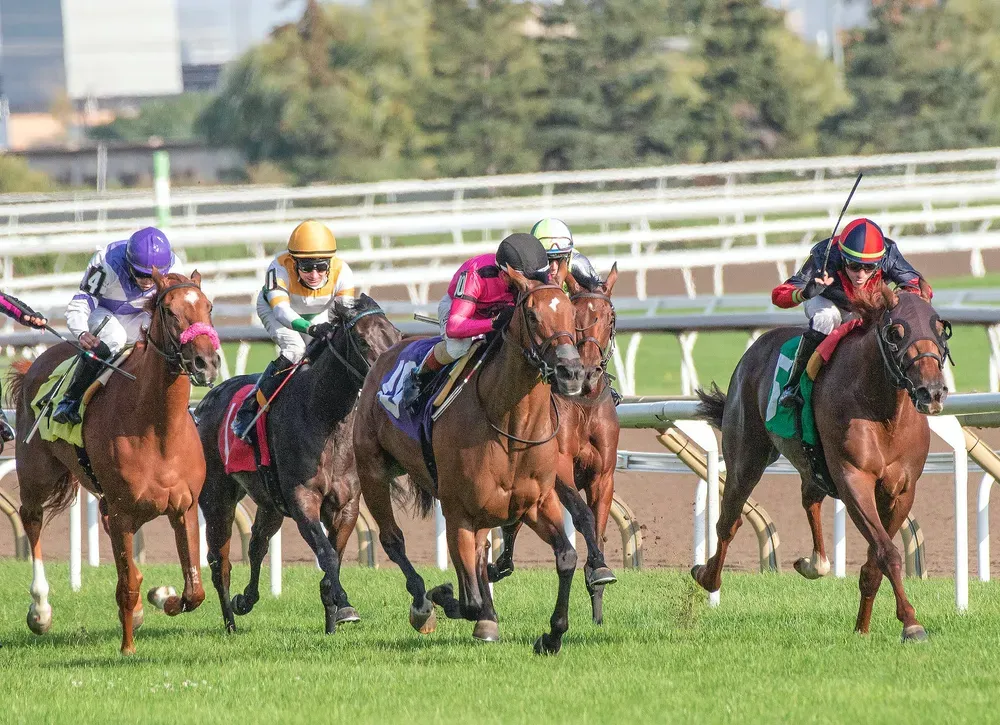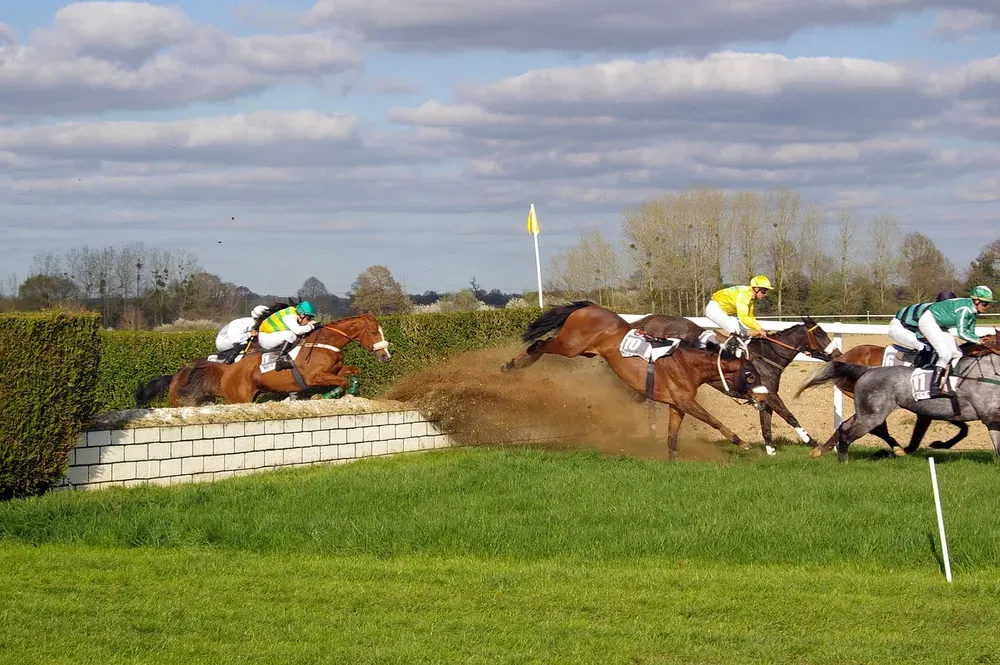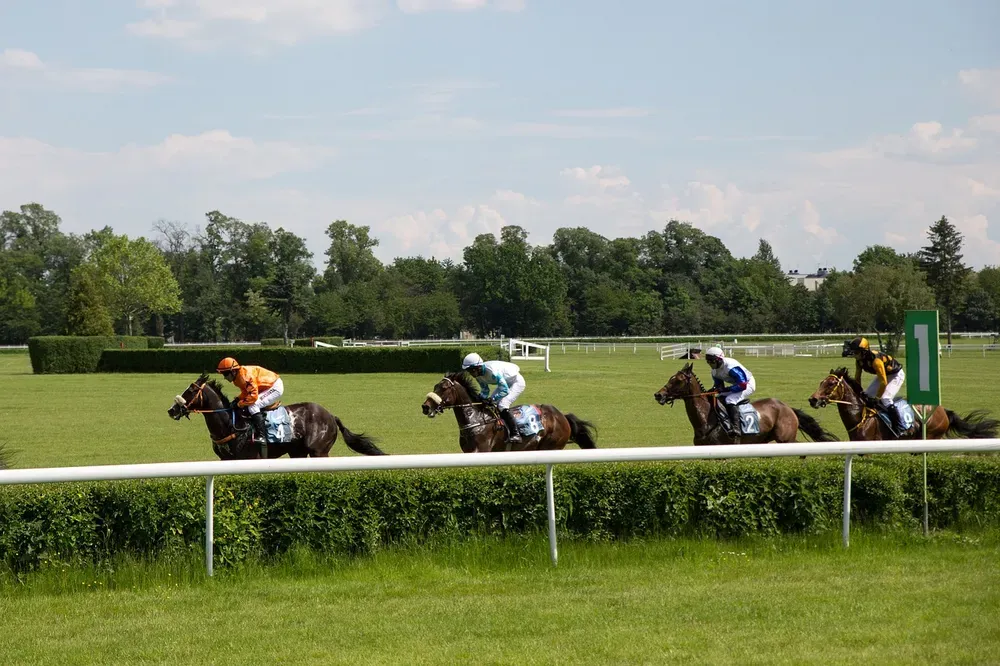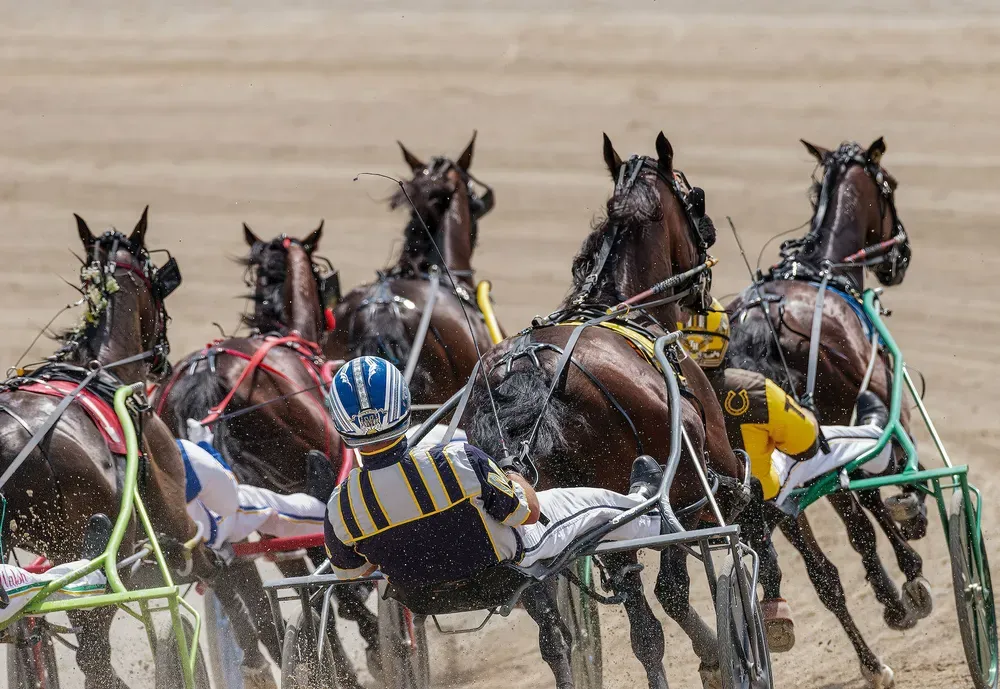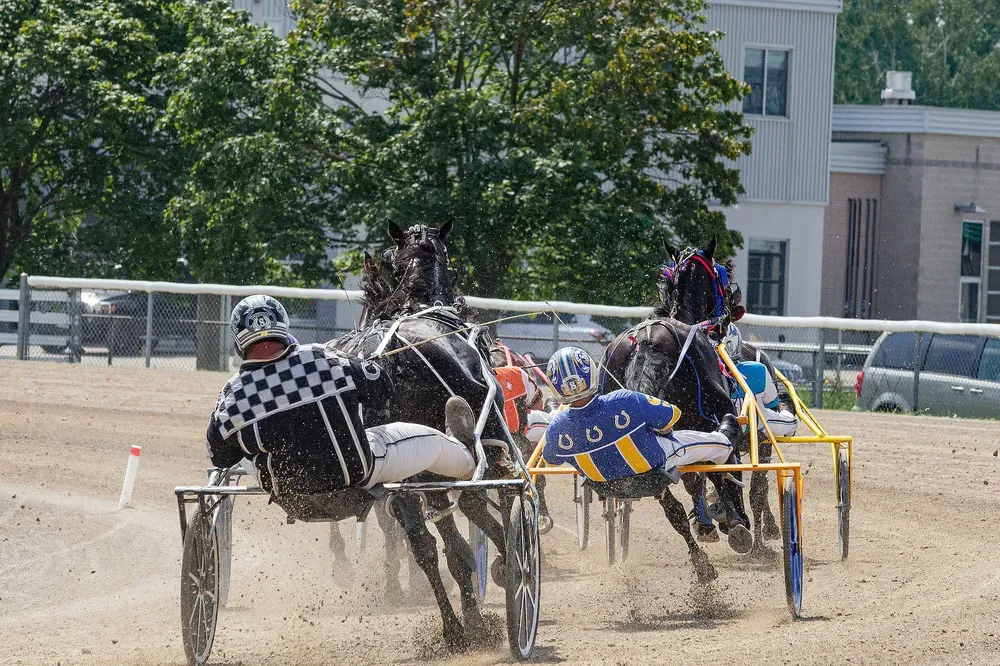
This buyer's guide provides all the information and advice needed if you are thinking about purchasing your first off-the-track racehorse. You will identify whether an ex-racer is for you and if so, the sort of horse you will need as well as where to obtain one. An off-the-track racehorse sounds rather impressive and some are wonderful-looking creatures but with a cheap price tag, and there are many things to be considered before bringing one home.
There are four types of ex-racehorses; flat-bred racers, hurdlers/steeplechasers, trotters, and pacers. So we need to look at the merits and pitfalls of each type of horse.
Table of Contents
Will a flat-bred racehorse suit my needs?
These horses are thoroughbreds that are bred to gallop on tracks without jumping and start racing at 2 years of age. Generally speaking, their racing careers are very short with the majority retiring before they reach full maturity at 7 years. Horses with the best pedigree and those with a good racing record are retained for breeding. However, horses that are not for breeding and are no longer suitable for racing are destroyed or sold.

Flat-bred thoroughbreds generally stand around 16hh and are up to carrying a 170-pound rider. However, some are under 15hh while others tower at over 17hh and those bred for sprinting are more muscular. Novice riders should not be paired with these horses because their temperaments will not generally suit inexperienced riders. Flat-bred thoroughbreds are seen in all equine activities, however, many have behavioural and soundness issues, and some have poor conformation. You are looking for a well-made horse with soundness and a sensible attitude.
What training problems will I have with a flat-bred thoroughbred?
These young thoroughbreds are taught to gallop on left or right-handed tracks. At a walk, trot and canter many will move with a hollow back and have a lack of topline muscling. They are not built for collection, so will need to be taught to round their backs and reach down for the bit. In addition, off-the-track horses are often very one-sided through being trained and raced exclusively in one direction. This means their back muscles will be more developed on one side and when viewed from the rear their spine will bow to the left or right. This means it will take time for them to become laterally supple.
Some thoroughbreds are very highly strung and/or nervous and do not have easily trained personalities.
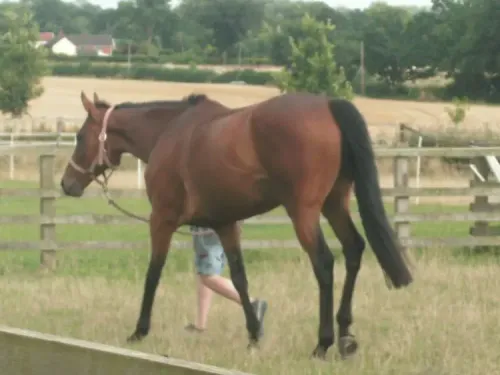
Article Suggestion
Off The Track Racehorse for General RidingWill there be management and health problems with a flat-bred racehorse?
Yes, it is highly likely there will be some issues with these horses and the degrees of these problems must be considered. Many thoroughbreds have poor feet and some do not easily hold a shoe. Your horse could need shoeing every 4 weeks to keep its feet in good order. However, there are thoroughbreds out there with excellent feet.
Horses from racing yards frequently have stomach ulcers caused by 24-hour day stabling (apart from training and racing) and long periods with empty stomachs, However, with good management this is reversible. Next, keeping horses confined to stables without being turned out to play can cause or exasperate stable vices. Look out for any of the following vices:
- Wind sucking.
- Crib biting.
- Weaving.
- Stable walking.
- Destroying stables by eating wooden sections or kicking walls.
These vices can be severe or mild but can affect a horse's health as well as your purse strings.
Will there be soundness problems with a flat-bred racehorse?
It is likely that in some way racing will have affected your new thoroughbred. Many will have OCD joint issues and/or cannon bone problems in the form of splints and bucked shins. The SI joint, hocks, fetlocks and stifles often have arthritic changes and the pelvis can have small fractures. Soft tissue damage in the lower front limbs is also common. Horses with flat feet and contracted heels are prone to navicular bone or soft tissue damage within the foot. The key thing is to have a functionally sound horse and that means one that is sound for your intended use.
Vet your project horse for his intended use
As with any potential purchase have the horse thoroughly vetted for soundness in relation to his intended use.
Where can I buy an off-the-track flat-bred racehorse?
These horses are sold at specialist sales and in England. Buying this way is not always advisable, unless you have inside knowledge from the trainer, as there will be no chance to vet the horse or see them ridden before the purchase is made. Ex-racers are often advertised on horse-selling sites. but always beware of people trying to pass on unsound and/or difficult horses.
There are thoroughbred rehoming centres and these are excellent because the horses will be checked for both soundness and suitability. These centres usually loan out the horses on a long-term basis and take back an animal that is unsuitable.
Will a hurdler or steeplechaser suit my needs?
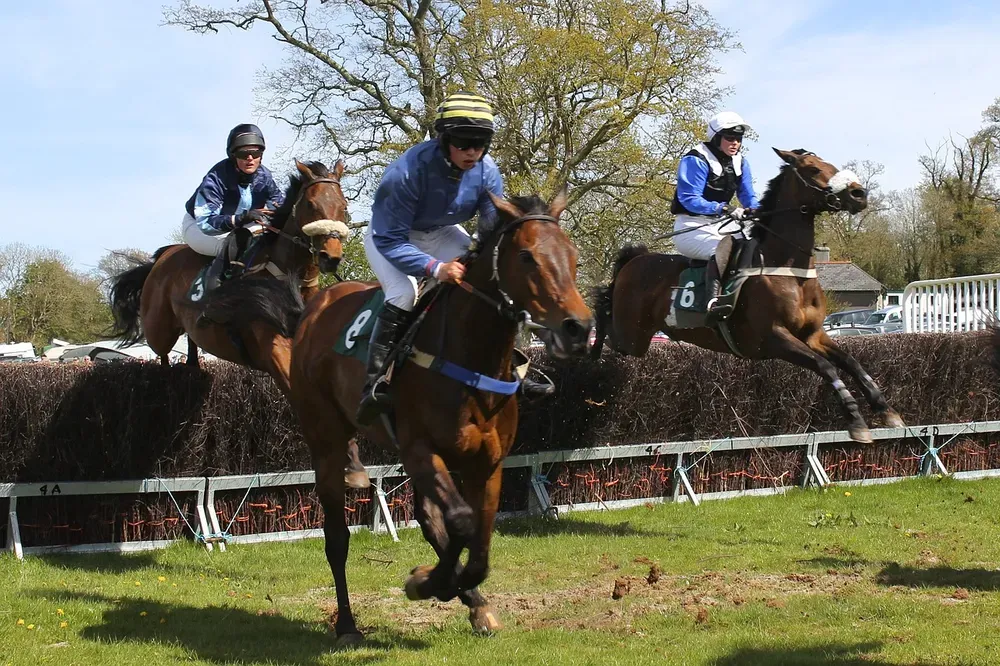
Hurdlers and steeplechasers are also thoroughbreds but they are generally bigger built and a bit taller than flat-bred horses. The average jumping horse will be about 16.2hh but a few are as small as 15.2hh and of course, some exceed 17hh. It is not uncommon to find 16.2hh mature hurdlers and steeplechasers that will carry a 190-pound rider. The distances raced are longer than those used for flat-bred horses and jumpers have considerably more staying power.
Obviously, these horses will jump but are trained to jump out of a gallop without wasting too much time in the air. This means that they have not been trained to jump carefully and will find collected movements and rounding difficult. It is not uncommon for a steeplechaser to retire sound from racing at 11 or 12 years of age and successfully move over to hunting.
Do you know where steeplechasers got their name from?
In 18th and 19th century England it was common for gentlemen to have races between the steeples of two village churches. Without an organised route, the riders picked their own cross-country route and “chased down the next church steeple”.
Will there be management and health problems with a hurdler or steeplechaser?
Hurdlers and steeplechasers usually have a few seasons on the flat before transferring to hurdling and for the better jumpers onto steeplechasing. They can have the same management and health problems as their flat-bred cousins but are usually given more time to mature and are often permitted time out on the grass to unwind, so they are frequently more adjusted individuals.
Will there be soundness problems with a hurdler or steeplechaser?
As with all racehorses, It is likely that racing will have affected your new thoroughbred so you must not forget the vetting process. You must reject a horse If your vet thinks it is not up to the job you would have him do.
Where can I buy an ex-hurdler or ex-steeplechaser?
Like flat-bred racehorses these horses can be purchased from the sales ring and again buying this way is not always advisable, Frequently ex-hurdlers/steeplechasers are available through their trainers to people “in the know”. Again these horses are available through rehoming centres but this is not that common.
Will a pacer or trotter suit my needs?
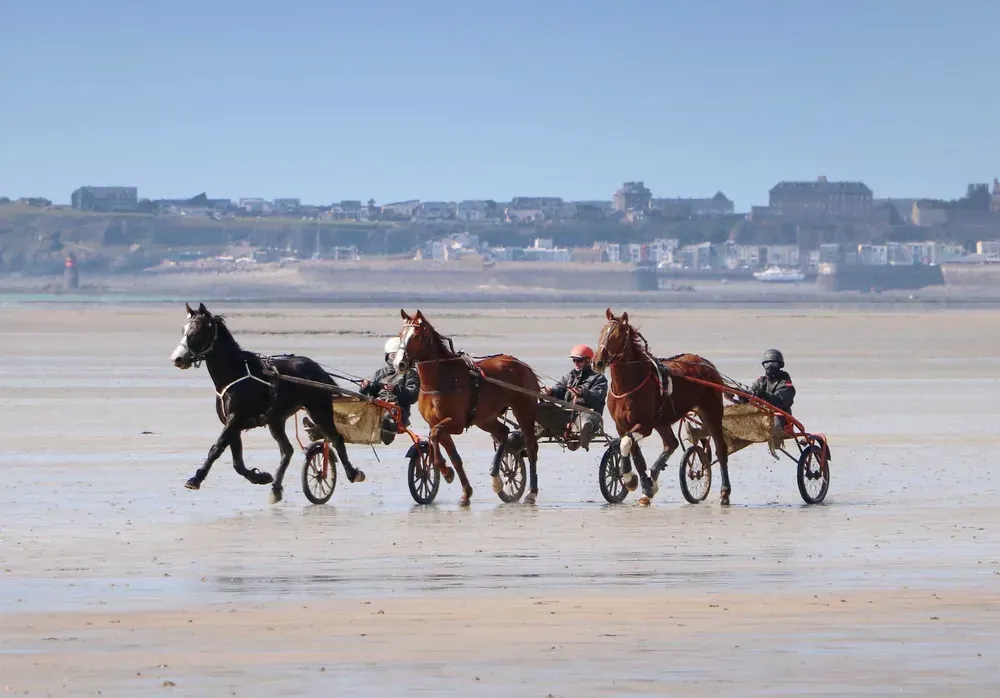
Pacers and trotters are standardbreds or other trotting breeds and not thoroughbreds. The standardbred horse races in harness from the age of 2 years as either trotters or pacers. They are longer backed and less refined than thoroughbreds but with more robust bodies, and generally stand between 15hh and 16hh. A typical 15.2hh standardbred will comfortably carry a 170 pound rider. Unlike thoroughbreds, some have upright shoulders, but with long action. An upright shoulder will make the rider feel less secure in the saddle.
What training problems will I have with a trotter or pacer?
Standardbred horses aren't suited to dressage because their canter is too stilted and they find cantering in circles difficult. In addition, they are frequently croup high which makes it hard for them to lift their front end for more balanced work. It also takes time to retrain a pacer to trot under saddle.
Nevertheless, standardbreds are seen in the hunting field and some take to show jumping. If you are inexperienced and own a standardbred you will need a knowledgeable trainer who can retrain trotters or pacers. Some people dislike standardbreds without realising their potential. and for this reason, they are usually very cheap to buy.
Many standardbreds horses are calm and sensible. So if you want to hack on lanes or ride trails a standardbred could serve you well, in addition, they are usually good doers and cheaper to feed.
Do you know where the name standardbred comes from?
In the USA early trotters were required to trot one mile in 2.5 minutes to be registered as a trotter. They had to meet this standard speed requirement hence the name standardbred.
Will there be management and health problems with a pacer or trotter?
Standardbreds are usually more laid back and less inclined to develop stable vices than thoroughbreds. They generally have very good feet that hold shoes well and will need reshoeing every 6 weeks.
Will there be soundness problems with a pacer or trotter?
Yes, this can be the case as they have been harness racehorses working at extremes of exertion. However, in comparison to thoroughbreds, there are fewer problems and this might be because they have not been backed and ridden for 2-year-old races when their bodies are very immature. Standardbreds are generally robust with strong backs and well-made limbs.
Where can I buy a trotter or pacer?
Standardbreds can be obtained in the same ways as flat-bred thoroughbreds. Again caution is prudent to prevent an inappropriate purchase.
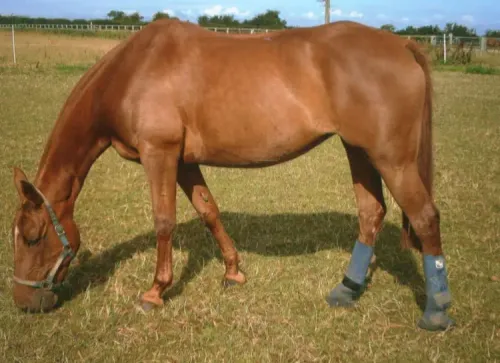
Article Suggestion
5 reasons the Standardbred Horse is underratedThe take-home message
Ex-racehorses can be tricky to train and many have soundness issues. A well-made and sound thoroughbred will make an excellent mount for an experienced rider but is unlikely to be calm enough for a novice rider. Standardbreds are generally less versatile but more suited to novice riders. Regarding finances, standardbreds are the way to go as they are cheaper to buy and feed. They also have fewer soundness issues which translates into fewer veterinary bills.


